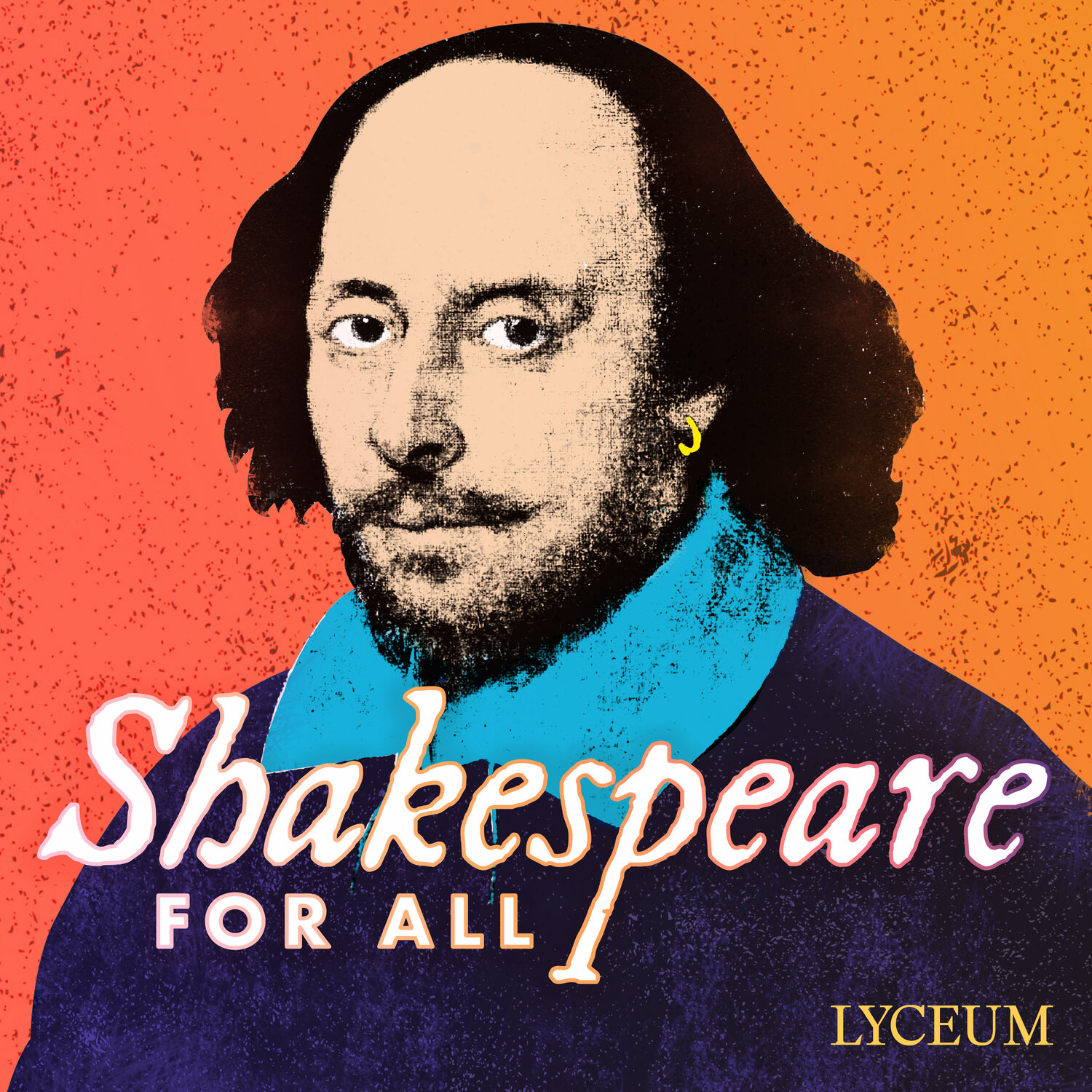Measure for Measure
“SOULS WERE FORFEIT ONCE”
What You'll Learn
The story and contexts of Measure for Measure
Different ways of interpreting the protagonists’ character arcs and values
How the play offers a transcendental perspective on the timeless human problems of sin, social order, and the balance of justice and mercy
Course Outline
Episode 1: Summary of the play with context
Episode 2: Analysis of the play’s language, characters, and thematic exploration of human political problems
Episode 3: Actors’ recordings of key scenes from the play with interwoven commentary on the scenes
Works Consulted for this Course
Beckwith, Sarah. Shakespeare and the Grammar of Forgiveness. Ithaca, NY: Cornell University Press, 2011.
Desmet, Christy. “A Modern Perspective: Measure for Measure.” Folger Shakespeare Library. <https://shakespeare.folger.edu/shakespeares-works/measure-for-measure/measure-for-measure-a-modern-perspective/>
Garber, Marjorie B. Shakespeare After All. New York: Pantheon Books, 2004.
Maus, Katharine Eisaman. “Introduction,” Measure for Measure, in Shakespeare, William. The Norton Shakespeare. Edited by Stephen Greenblatt, Walter Cohen, Suzanne Gossett, Jean E. Howard, Katharine Eisaman Maus and Gordon McMullan. 3rd ed. New York: W. W. Norton & Company, 2016.
Shakespeare, William. Measure for Measure. Edited by Jonathan Bate and Eric Rasmussen. The RSC Shakespeare. New York: Modern Library, 2010.
Shakespeare, William. Measure for Measure. Edited by A. R. Braunmuller and Robert N. Watson. London: The Arden Shakespeare, 2020.
Shakespeare, William. The Riverside Shakespeare. 2nd ed. Edited by G. Blakemore Evans, and J. J. M Tobin. Boston: Houghton Mifflin, 1997.
Smith, Emma. This Is Shakespeare. New York: Pantheon Books, 2020.
Measure for Measure is a comedy that goes places most comedies don’t go. Like other comedies, it ends with marriages, social reconciliation, and the promise of new life. But along the way, love, sexuality, and procreation are linked more closely to death than to life. Measure for Measure confronts the besetting sins of human nature – greed, love of power, the tendency toward sexual lust and exploitation — to ask deep political and philosophical questions. How do you balance human appetites with social order? How do you build a political system that constrains its citizens without crushing them? How can the transcendental ideals of justice and mercy be reflected in the human governance of flawed societies? In this course, you’ll learn the story and context of Measure for Measure and discover how the play explores these perennial questions within one of Shakespeare’s most moving human stories.
In Part 1, you’ll be guided through a detailed account of the story with commentary by Gordon Teskey, Francis Lee Higginson Professor of English Literature at Harvard University. This episode introduces the play’s key themes and historical context and recounts the story using the language of the play itself, placing key quotations in context to help you understand where these lines come from and what they mean.
Part 2 begins with the dark patterns of imagery in the play to examine the play’s close proximity to tragedy. It goes on, however, to discuss how the lead characters of Isabella and the Duke function as political protestors or activists undertaking a quest for social reform. This episode culminates in an analysis of how the play adopts a “transcendental perspective,” one that steps outside the human political realm in order to perceive new solutions to its problems, and how that transcendental perspective is enacted in the play’s stunning final scene, which devises new, more life-giving ways of meting out mercy and justice and of redressing crimes “measure for measure.”
Part 3 features actors’ renditions of two key scenes from the play between Isabella and Angelo, the seemingly virtuous but hypocritical governor, with commentary that tracks how the characters commit themselves in these scenes to integrity or evil.
You can hear the third episode of this course for free below. For access to the full course and all of Season Two, subscribe today on Himalaya Learning. Use the promo code BARD for 30 days free.
Speeches and Performers
Isabella and Angelo, Act 2, “You’re welcome. What’s your will? ...” and “How now, fair maid? …” (Juliet Stevenson)
Angelo, Act 2, “What’s this? What’s this? …” (Paterson Joseph)
Claudio, Act 3, “Ay, but to die …” (Dame Harriet Walter)
Course Instructor
Gordon Teskey
Francis Lee Higginson Professor of English Literature at Harvard University
Gordon Teskey is Francis Lee Higginson Professor of English at Harvard University. He is author of Allegory and Violence, Delirious Milton, Spenserian Moments, and The Poetry of John Milton, which received received the Christian Gauss Prize for literary criticism and the Milton Society of America’s James Holly Hanford Book Award. Teskey is editor of The Norton Edition of John Milton’s Paradise Lost (the second, expanded edition published in 2020) and has been named Honored Scholar of the Milton Society of America. Among his wide-ranging essays Teskey has written on Shakespearean metatheatre and poetic styles in Shakespeare’s plays. He is an advisory editor for, and a contributor to, the Stanford Global Shakespeare Encyclopedia. He has held a Guggenheim Fellowship, two National Humanities Research Fellowships, and a Visiting Research Fellowship at Merton College, Oxford.



